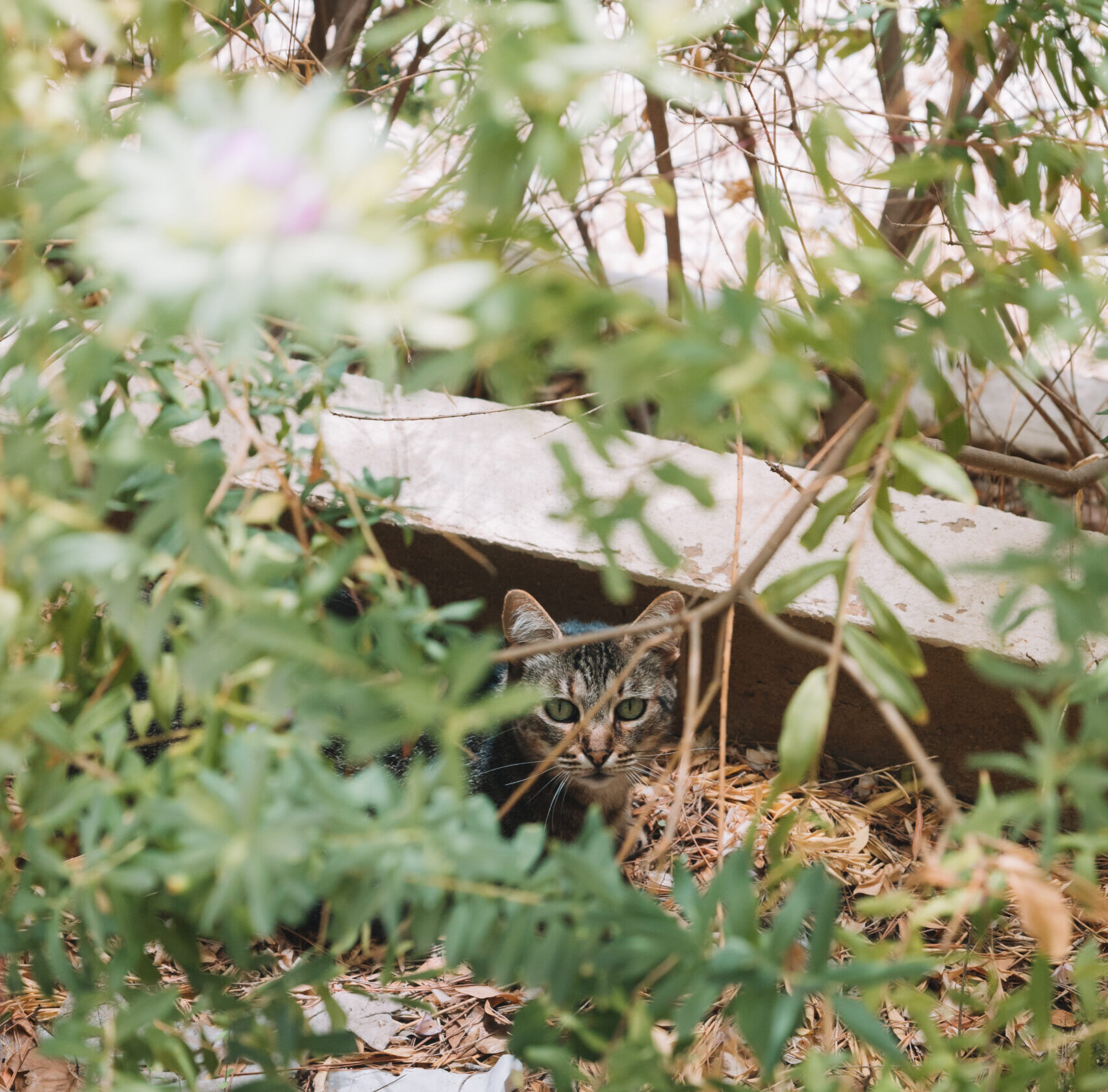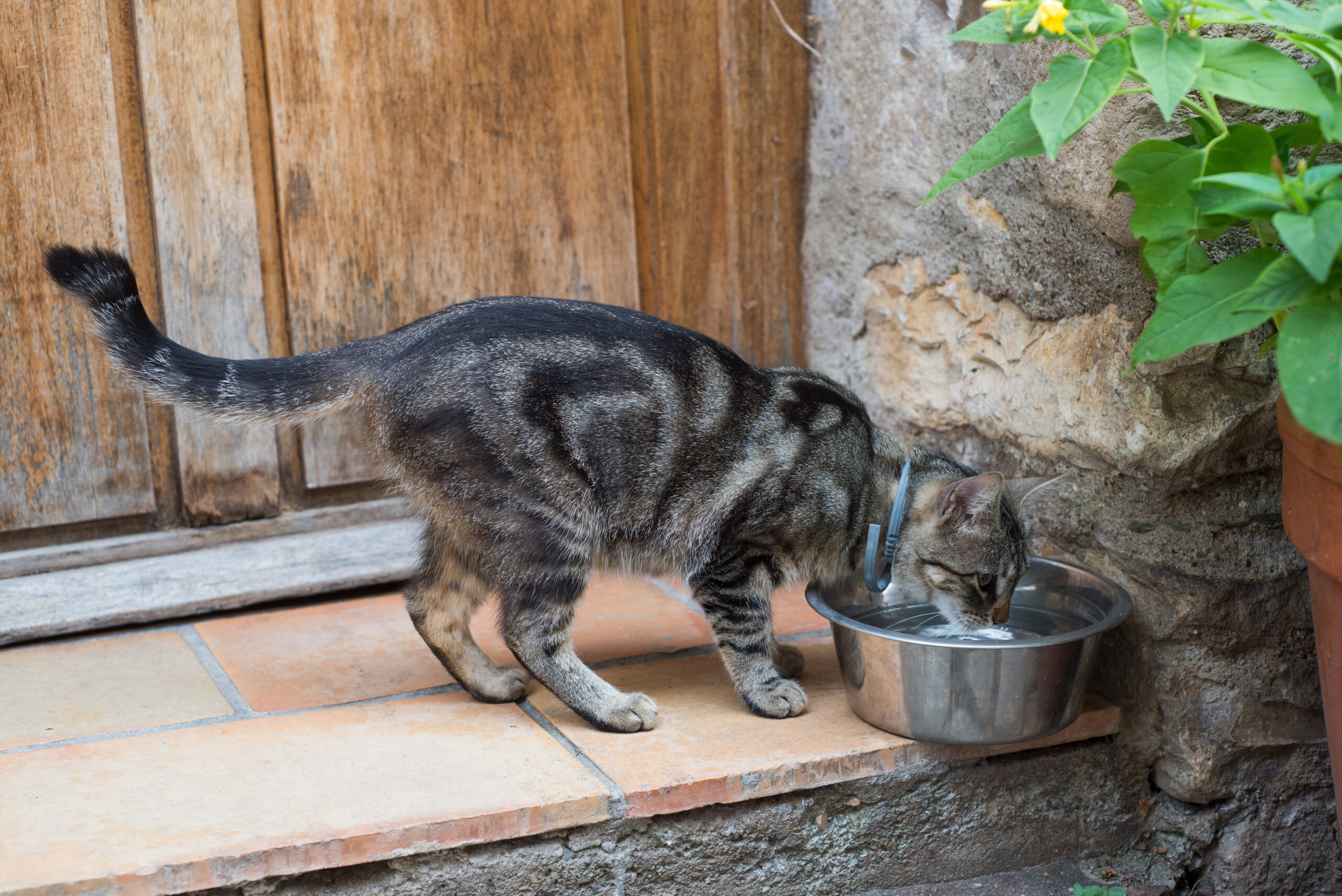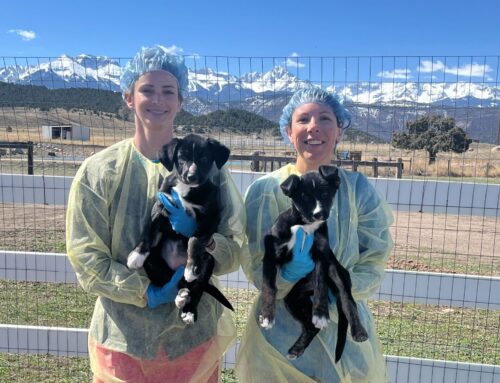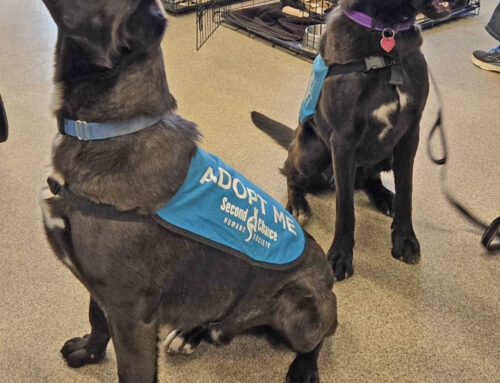A week ago, we received a stray cat. He was a young, neutered, friendly boy who was obviously someone’s pet. After posting his photo to our social media, his family came to claim him. He had been missing for over a month, and they had almost given up hope. Although this is the best outcome, it’s not typical. Year to date, only 10% of stray or found cats that have come to Second Chance are reunited with their family. That is lower than the national average, likely because we are rural, and our service area is so large.
When an outdoor cat suddenly vanishes, it means that something has happened to interrupt his normal behavior of coming home. Maybe he is injured or was moved out of the area. This can happen for many reasons: a neighbor trapping outdoor cats, the cat jumping into a vehicle, or being chased by a dog to an unfamiliar area.

When an indoor cat escapes, she is displaced into unfamiliar territory. Feline instinctive response is to hide in silence because that offers protection from predators. How long a cat remains hidden and what they do from there may depend on their temperament.
Social, outgoing cats will likely travel beyond the immediate area where they were lost. Cautious cats may hide longer and might be more likely to return home where they feel comfortable. Cats who are antisocial at home are likely to hide longer than any other cats and may even eventually be accepted into a feral colony.
When your beloved pet is lost, it’s important to start the search early and follow some basic rules. Most missing cats are found less than a third of a mile from where they escaped. Indoor cats who get outdoors are typically located less than three houses away. Conduct a door-to-door search and check possible hiding places. Alert mail carriers, joggers, and others who regularly visit your neighborhood. Just because no one has seen your cat doesn’t mean they’re not close by. A scared cat will often hide during the day and only venture out late at night.
In addition to searching and asking friends and neighbors to help look for your cat, check shelters and rescues (even ones that are not in your immediate area), use social media, and hang posters and flyers. Do not assume your cat will come when you call.
You can sometimes encourage a lost cat to come home by placing familiar-smelling items near your door (toys, treats, their bed, an article of your clothing). Placing their dirty litterbox outdoors is not recommended. A dirty litter tray can attract larger predators such as foxes, bobcats, and coyotes.

You can also place food and water in a safe spot in the area where you suspect he is hiding. Use a motion-activated camera to see if he is eating the food. If your cat is visiting the feeding station, set a humane trap to capture him.
Of course, your pet has a better chance of being returned to you if they always wear a collar with your name and contact information. Microchips with updated registration are important as a backup id in case your cat loses her collar. All pets adopted from Second Chance are chipped.

We have so many kittens! Young, older, black, white, yellow, grey, or calico. Please open your heart and home to one (or two) of these babies.
Second Chance Humane Society’s Animal Resource Center and Shops have served San Miguel, Ouray & Montrose Counties since 1994. Adoption hours are Wednesday through Sunday from 11 am to 5:30 pm. View our shelter pets and services online: www.secondchancehumane.org







Leave A Comment